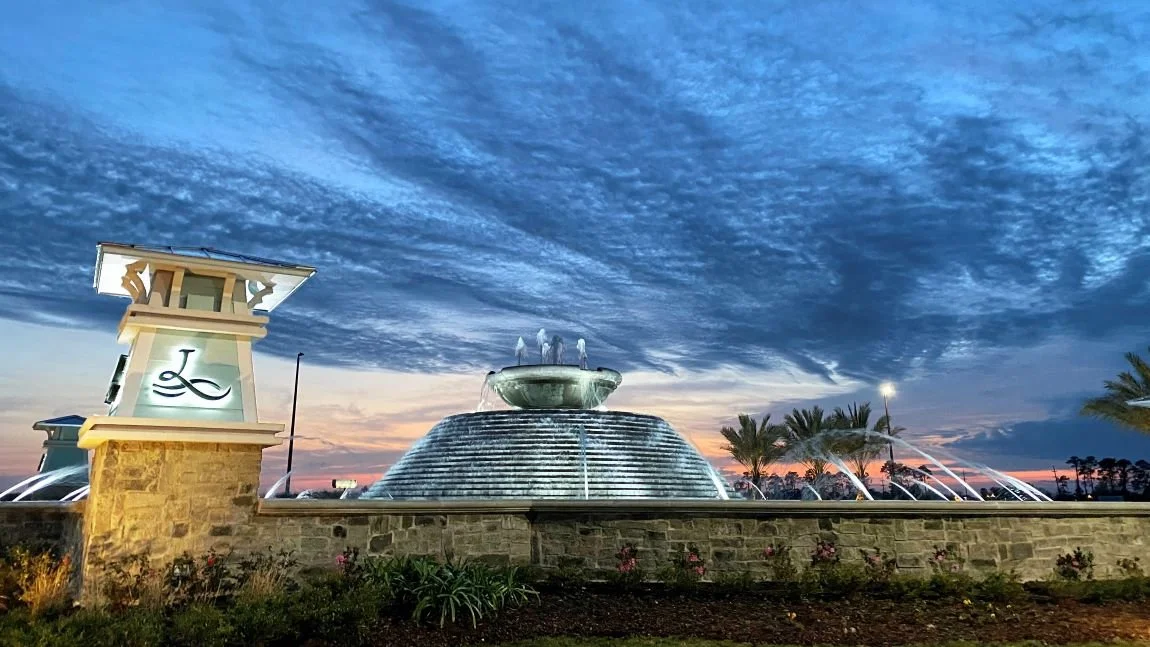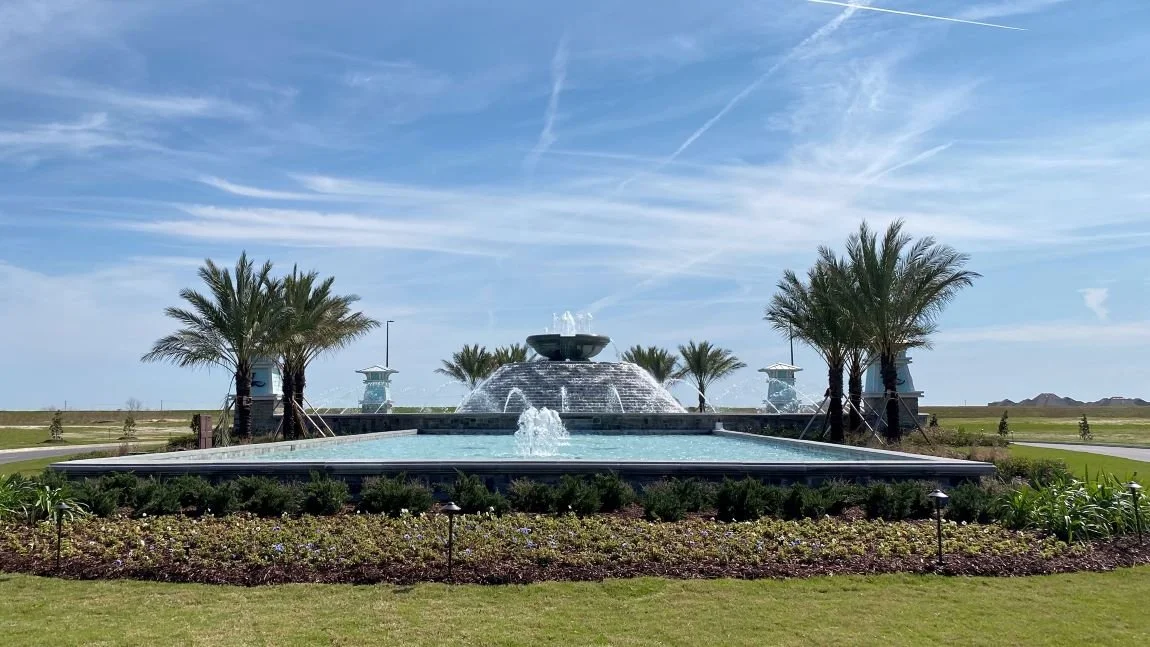




People have an innate connection to water—it calms, refreshes, and invites reflection. Architectural water features tap into this fundamental relationship by creating spaces that are both visually engaging and emotionally resonant. The sound of flowing water can soften the surrounding environment, masking urban noise and establishing a sense of tranquility. Whether it's a quiet reflection pool or a lively, interactive fountain, water has the power to anchor a space, offering a sensory experience that draws people in and encourages them to linger.
Fountains, in particular, serve as natural gathering points in the built environment. Their movement and presence activate public spaces, offering places for conversation, rest, or playful interaction. They enrich plazas, courtyards, and communal areas with ambience and rhythm, adding depth to both the visual and social fabric of a place. By weaving water into the architecture of a site, designers create destinations that not only enhance aesthetics but also invite human connection—transforming ordinary settings into memorable experiences.
At the entrance of this residential subdivision, I designed a large-scale water feature that serves as a striking centerpiece and visual landmark. Visible from a nearby highway, the feature acts as a beacon—welcoming residents and visitors with movement, light, and beauty. More than just a decorative element, it symbolizes the identity of the community, setting a tone of quality and care from the very first impression. Its scale and visibility help establish a strong sense of place, drawing people in and creating a memorable gateway to the neighborhood.
